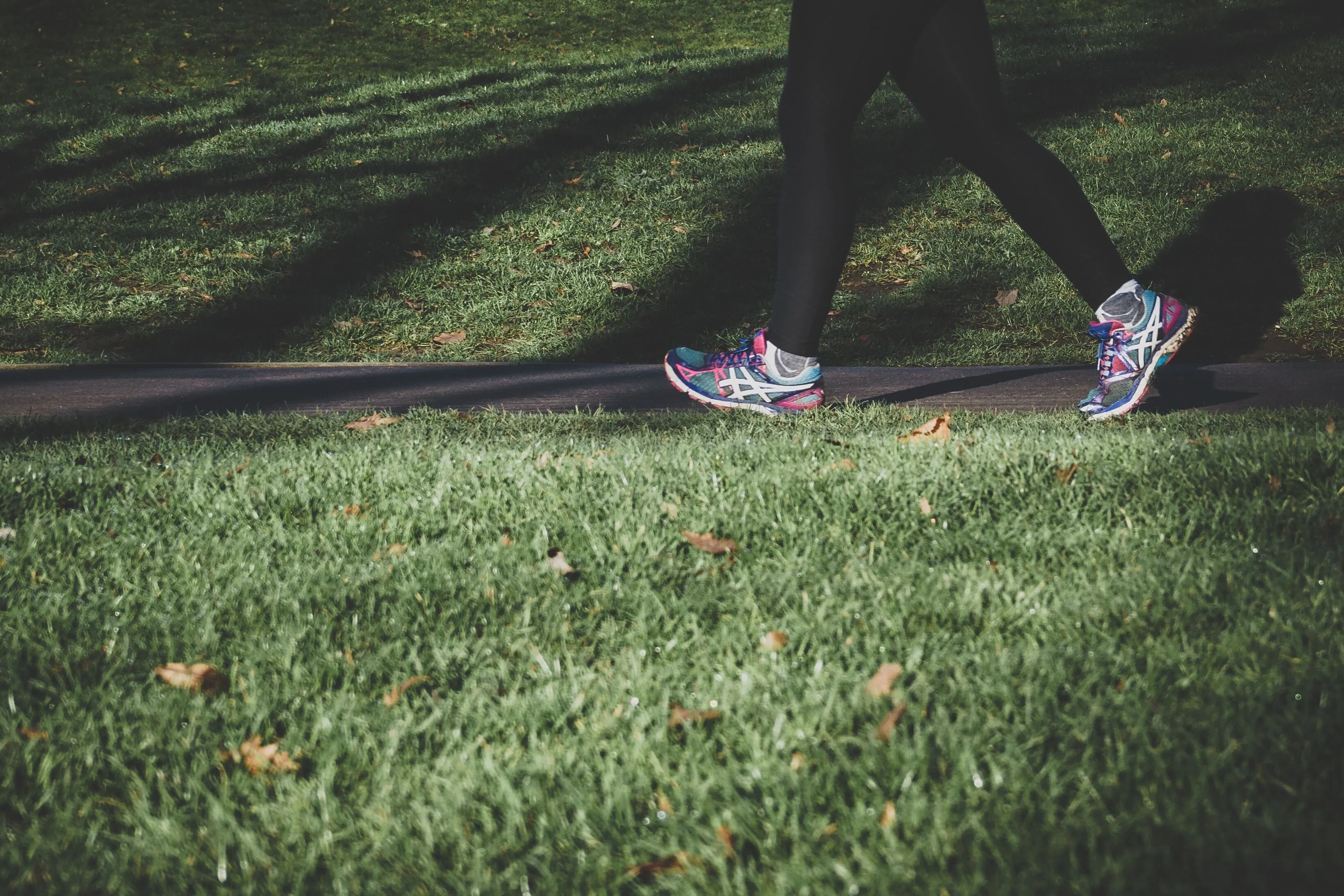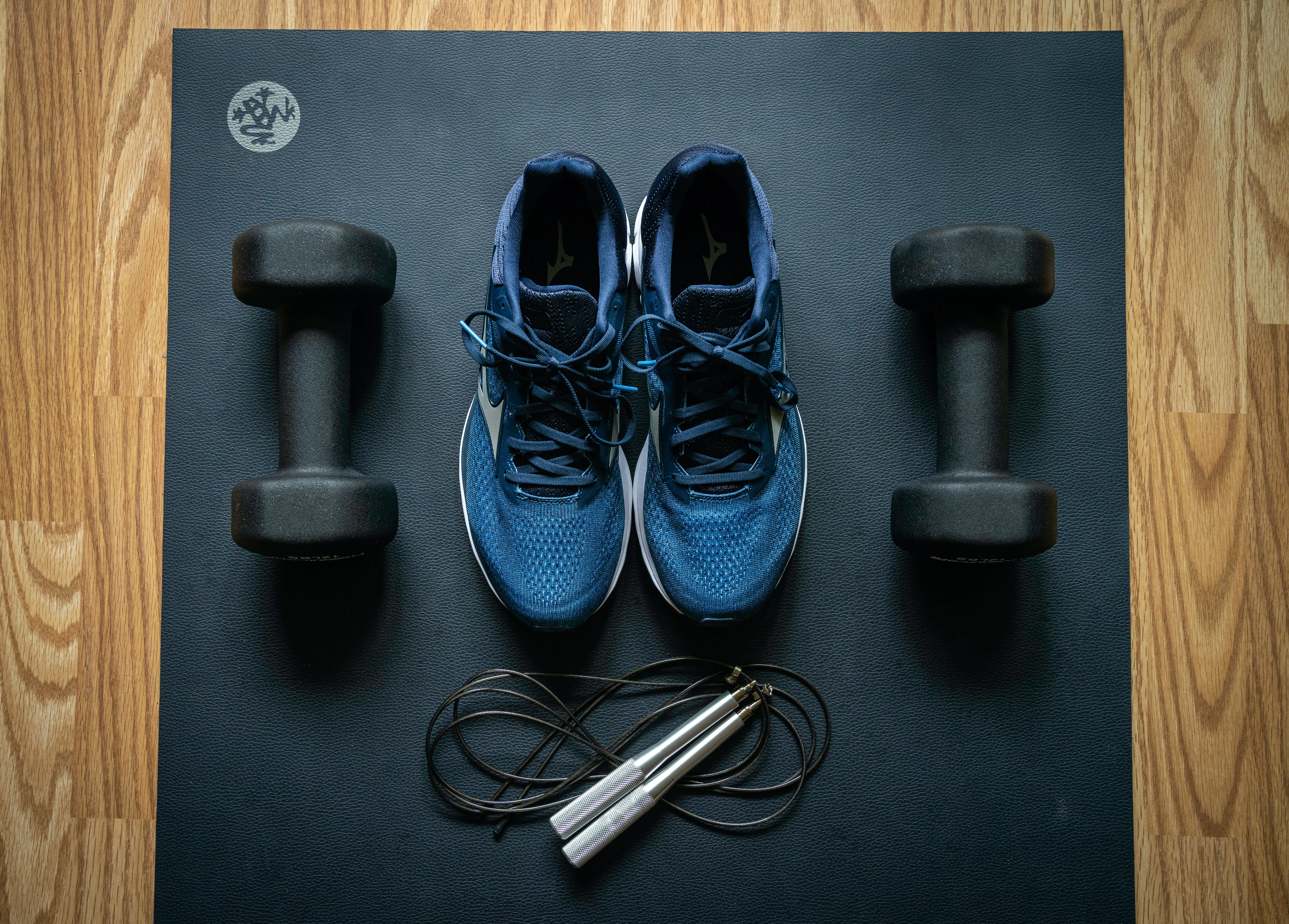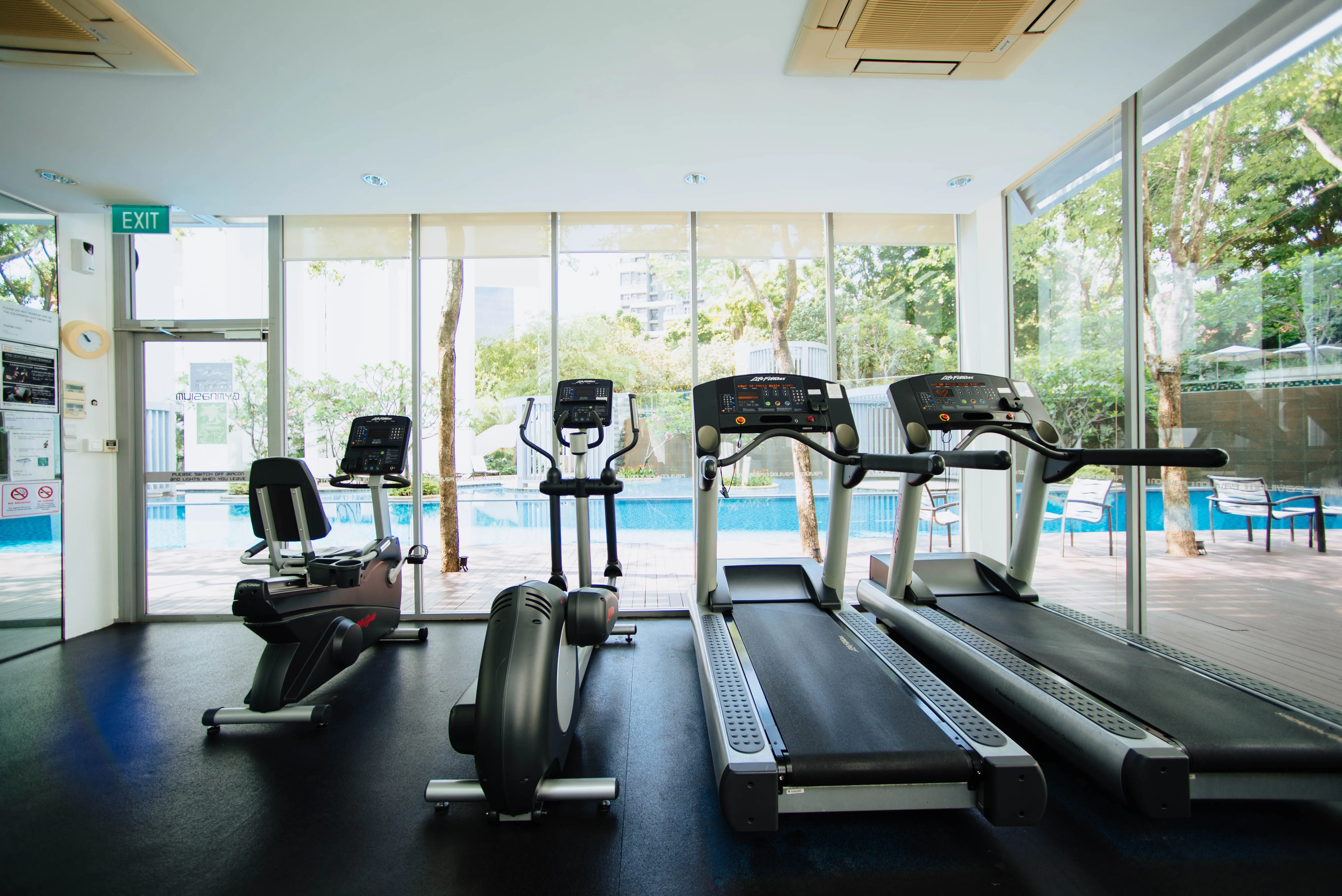
Running can seem like a low-key sport from the outside – just strap on a pair of shoes and go, right? However, those shoes make a huge difference, and choosing the right ones can make the distinction between an enjoyable run and an excruciating ordeal. More importantly, like anything else that is subject to regular use and wear, running shoes don’t last forever.
It’s important to know when to replace your running shoes to protect your feet and legs from injuries, as well as to get the most out of your performance. In this post, we’ll cover the factors that contribute to shoe’s lifespan, how to evaluate wear and tear, and how to choose replacements.
Factors That Affect the Lifespan of Running Shoes

Though a rule commonly cited is to change running shoes every 300 to 500 miles, multiple factors influence a shoe’s lifespan. These include the runner’s weight, running style, the running surface, and the specific shoe type.
Heavy runners may wear out shoes faster than lighter weight runners due to the additional force exerted on the footwear. Similarly, runners who land more heavily on their feet may notice their shoes wearing out quicker than those with a lighter stride.
The type of surface you run on can also impact the shoe’s life. Rough terrain and trail running demand more from your shoes than smoother surfaces like a treadmill or asphalt.
Finally, different types of shoes have different lifespans. Lightweight, minimalist shoes will typically show signs of wear quicker than heavier, cushioned shoes.
Evaluating the Wear and Tear

Visual inspection is your first line of defense for knowing when to replace your running shoes. Signs of significant wear include bald patches on the sole, visible creasing, and tearing or fraying of the upper material.
Beyond the visual, pay attention to how the shoes feel. If they no longer offer the cushioning or stability they once did or if you find your toes hitting the front of the shoe, it’s probably time to replace them.
Additionally, unexplained pains or recurring blisters could also be indicators that your shoes are no longer providing the necessary support, and it’s time for a new pair.
Choosing Replacements
When you’ve determined that it’s time to replace your running shoes, don’t automatically opt for the latest model or the pair with the best reviews. It’s important to replace your shoes with a pair that match your personal running needs.
Some runners may respond better to more cushioning, while others may prefer a more responsive shoe that allows feeling the ground. As each runner is unique, there is no one-size-fits-all recommendation. The best practice is to visit a specialty running store where the staff can help analyze your gait and recommend the perfect shoes for you.
Remember, preventing injuries and maintaining performance isn’t just about knowing when to replace your running shoes; it’s also about choosing the right replacements. Here’s to many more happy miles!





